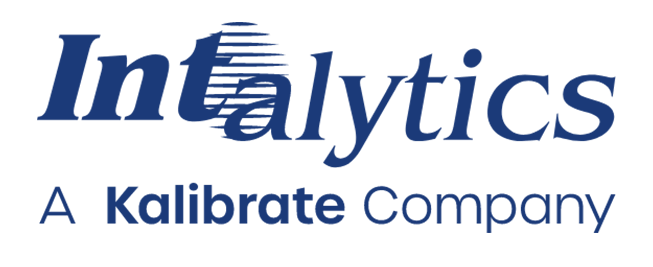Intalytics Commentary: Optimizing Marketing for Traveling Consumers

Brands striving to make optimal real estate and marketing investment decisions have long understood the power of studying who their customers are and where they come from. Customer profiles and trade areas are foundational analyses that serve to inform and support many aspects of market planning and prospect outreach.
However, just as powerful (yet often overlooked) is having a comprehensive insight into what drives each visit. While many customers may come from their residence (a home-based visit), significant proportions of visitors may come because a location is near their workplaces, schools, places of worship, or recreational/other venues. And for some brands or some locations, travelers from out-of-market may make up a significant portion of the visit base.
Modern Analytics for Understanding Travelers
Travelers have traditionally been difficult to study – even for brands able to identify the ‘who’ and ‘where’ with a name and address, that information may be largely irrelevant to why that individual chose to visit on a particular day. Much more useful and insightful for these customers is a view of the ‘trip pattern’, or the chain of location-based events that led to a particular visit. These trip pattern insights, which for years required a costly and time-intensive primary research exercise, can now be conducted chain-wide with mobility data.
Studying these trip patterns can unlock insights to better optimize marketing spend across channels for traveler-dependent locations, or to boost performance at locations proximate to traveler-dense activity nodes like hotels and convention centers (admittedly, once the impacts of COVID on travel have diminished). Some example applications include:

Case Study: Using Mobile Device Data to Optimize Billboard Spend
To further explore the billboard optimization use case, consider the data presented in the map below. This map illustrates how Intalytics uses mobility data to understand the trip patterns of visitors to any location in the US.
In this example, the yellow box indicates the study site. Green boxes indicate billboards currently contracted to support the study site. Road segments are colored based on the percentage of visitors that were found to have driven on that road immediately preceding their visits. Red road segments represent those traveled by a high percentage of visitors, while blue segments represent trip paths taken by a low percentage of visitors.

This data provides a direct window into the return on investment of each supporting billboard, enabling marketers to attribute sales increases/decreases from changes in the supporting billboard network. Using this data, a brand can answer questions like:
- Which billboards serve my local audience? Which billboards attract travelers?
- Which boards have the highest/lowest ROI? What is the likely impact from removing a board from the network?
- What is the impact from changing board creative?
- Where are opportunities to capture additional travelers through new board placement (high traffic/low visit road segments)?
As the old marketing adage goes, “I know that half of my out of home (OOH) media is working, I just don’t know which half”, data-driven marketers today can use mobility data to optimize their marketing decisions in new and powerful ways.
To learn more about how Intalytics can use mobility data to help measure and re-optimize your traveler-focused marketing spend, please contact us.
Related News
Carousel items












